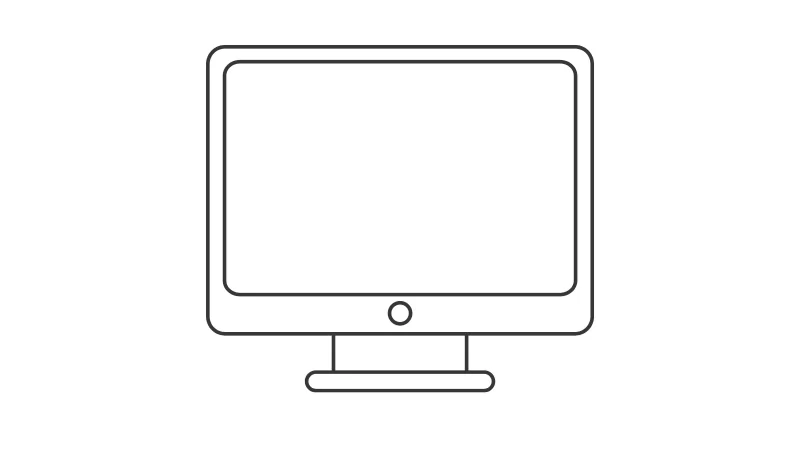Have you ever wondered what the difference between LCD and AMOLED screens is? What makes them different? Why do some people prefer one over the other? And, most importantly, which one should you buy for your next phone or tablet? This article will cover in detail what these two screen technologies are and how they can affect the user experience. We’ll also compare them side-by-side to see which one is better when it comes to using phones and tablets. And, with a little help from our friends at iFixit, we’ll find out which one is the best one.
AMOLED vs LCD
LCD
LCD screens are better in daylight, meaning they can be seen even when other light sources are present and they can produce vibrant colors. They also have a wider angle of viewing than AMOLED screens. The downside is that they produce less saturated colors and suffer from burn-in problems if the same image is shown for too long.
LCD Pros and Cons
- Color reproduction on LCDs is outstanding
- IPS screens provide extremely broad viewing angles.
- IPS LCD displays outperform other displays in terms of sunlight visibility and readability.
- In general, IPS displays have a longer lifespan.
- Cost lower
- Contrast Ratio Is Limited
- Consume a lot of power compared to OLED displays
Amoled
AMOLED screens come with more saturated colors as well as a high resolution and sharpness, which results in a more pixelated look than LCD screens. However, these screens suffer from image retention problems after displaying an image for long periods of time.
Amoled Pros and Cons
- thinner, lighter and more flexible than LCD
- Best Display Quality
- Do not require backlighting like LCDs
- High Contrast Ratio
- Consumes Less Power
- Short Lifespan
- Costs higer
- Poor Sun light Visibility
So, those are the list of cons and pros of both AMOLED and LCD. By now I think you have a got a pretty good idea about what are the key differences of LCD and AMOLED Displays and also the advantages and disadvantages of both. You can watch the video below from iFixit to get even more ideas about how they work and look from the inside. If you have any doubts you can follow the discussion below.







